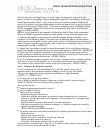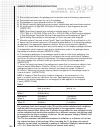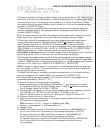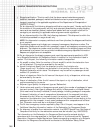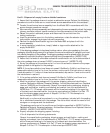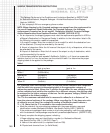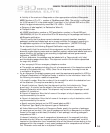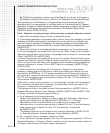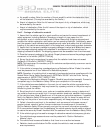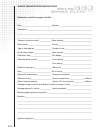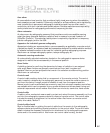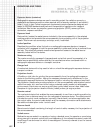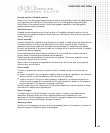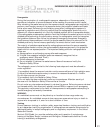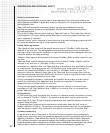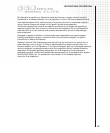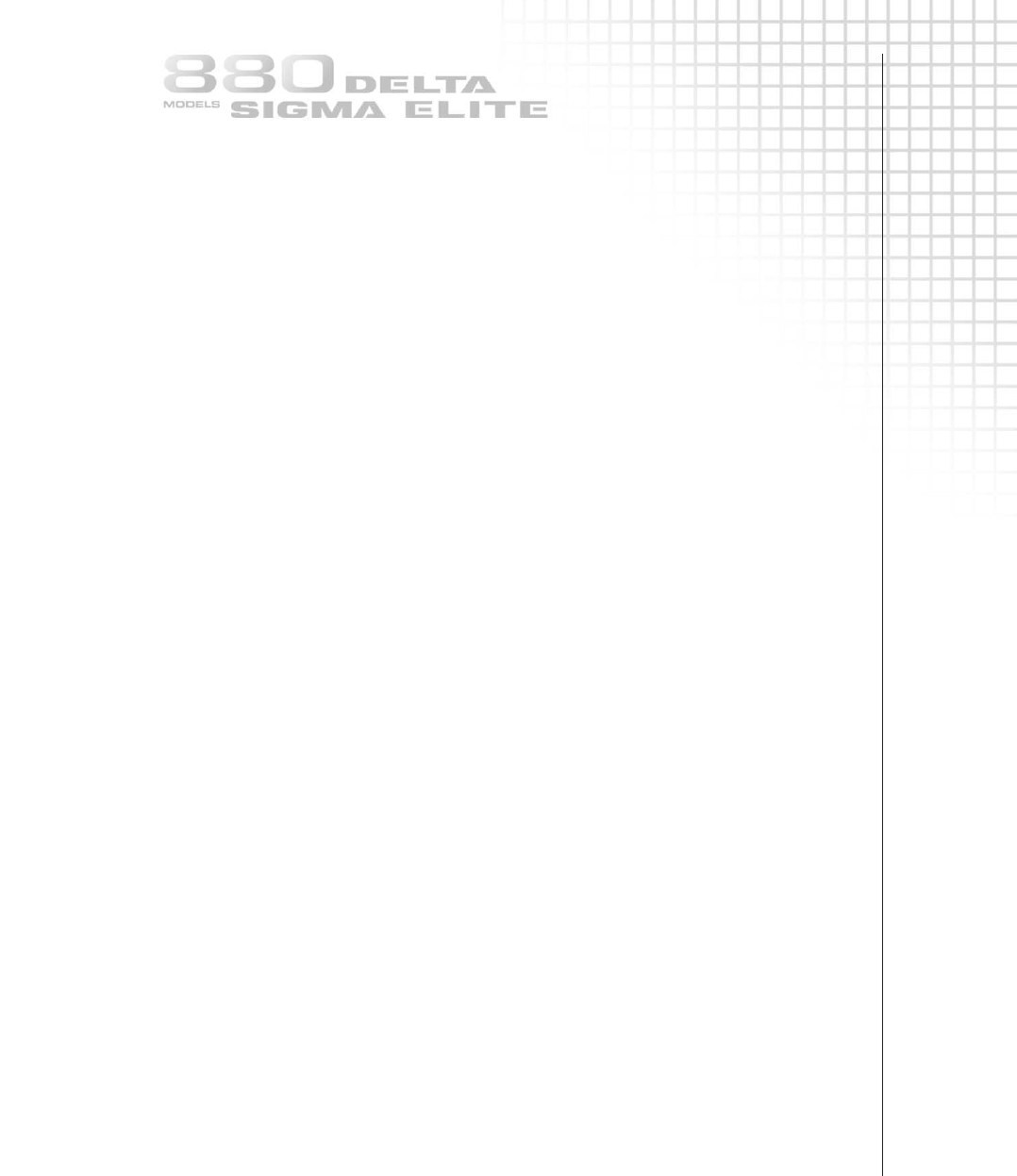
5.11
SAMPLE TRANSPORTATION INSTRUCTIONS
a Air waybill number: Enter the number of the air waybill to which the declaration form
will be attached. (This may be amended by the Carrier.)
b Airport of departure: Enter the full name of the airport of city of departure, which may
be amended by the carrier.
c Airport of destination: Enter the full name of the airport or city of destination, which
may be amended by the carrier.
Part F - Carriage of radioactive material
1 Assure that the vehicle used is in good condition and carries the normal complement of
safety equipment including Radiation Area signs, a length of rope, spare tire, fire
extinguisher, a set of vehicle tools and a set of flares. Assure that the glove compartment
contains the vehicle registration certification and an operating flashlight. Additionally, assure
that the operator has a calibrated and operable survey meter and assure that all individuals
traveling in the vehicle are wearing both a film badge and a direct reading pocket dosimeter.
2 Assure that the transport package is properly packaged, marked and labeled and assure
that the proper shipping papers are completed in accordance with the instructions for
shipping radioactive material. The shipping papers must be accessible from the drivers seat.
3 Place the transport package in the vehicle. Properly brace and secure the package against
movement in the vehicle. [49CFR177.842(d)]
4 Survey the driver's compartment to assure that the radiation level does not exceed
2mRem/hr (0.02mSv/hr). [49CFR177.842(g)]
NOTE: This requirement is mandatory only for exclusive use shipments by a common carrier.
[49CFR173.441(b)(4)]
5 If the vehicle is transporting a package bearing a Radioactive Yellow III label, the vehicle
must be placarded on all four sides with a Radioactive placard.
NOTE: Operation of a vehicle which is required to be placarded requires compliance with the
Federal Motor Carrier Safety Regulations of 49CFR Parts 390-397 and the Driver Training
requirements of 49CFR177.827; 49CFR177.804.
6 Complete the Radioactive Material Transport Checklist (see attached example). Forward a
completed copy to the Radiation Safety Officer upon completion of the carriage.
7 If the vehicle becomes disabled on the road, do not leave the vehicle unguarded when
going for help. A message for help may be sent by a passing motorist or the police may be
enlisted to guard the vehicle.
8 Should any kind of accident occur, make an immediate radiation survey to determine if
any radiation levels are unusually high. If unusual radiation levels exist, establish the boundary
of the restricted area. Keep all persons out of this area and get police assistance, if possible.
Notify the Radiation Safety Officer as soon as possible, but do not leave the scene without
assuring that the police or some other responsible party will keep people out of the area.
9 Collect information pertinent to the accident, such as names of witnesses, names of
people involved, names of police, license numbers and circumstances of the accident.
Call the Radiation Safety Officer promptly and give him as much information as possible.
10 If a source should escape from the packaging, the vehicle operator should make no attempt
to restore the source by himself. He should wait for assistance from the Radiation Safety Officer.
11 If the vehicle is going to be used for storage of radioactive material at a temporary job site:
a The vehicle's storage access entrance must be posted with ‘Caution Radioactive
Material’ signs.
b The vehicle must be secured/locked so that there is no unauthorized access.
c Radiation levels must be below 2mR/hr outside the vehicle to meet unrestricted
area requirements.



